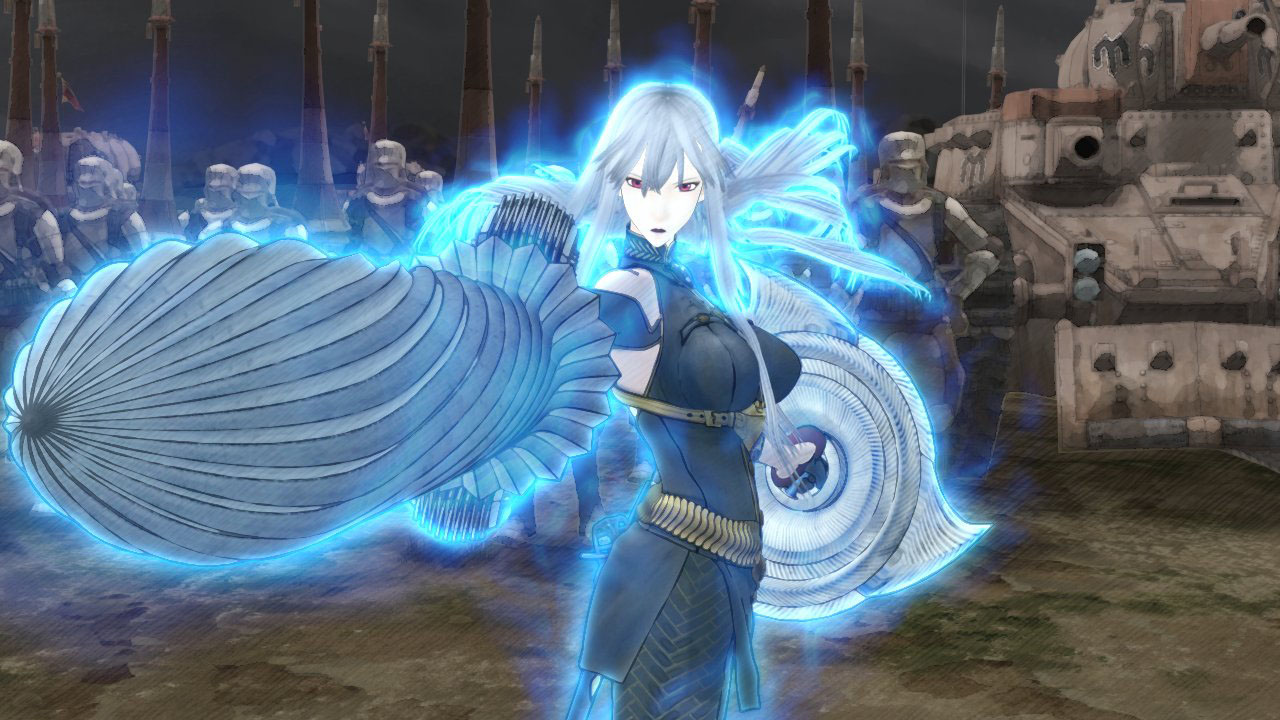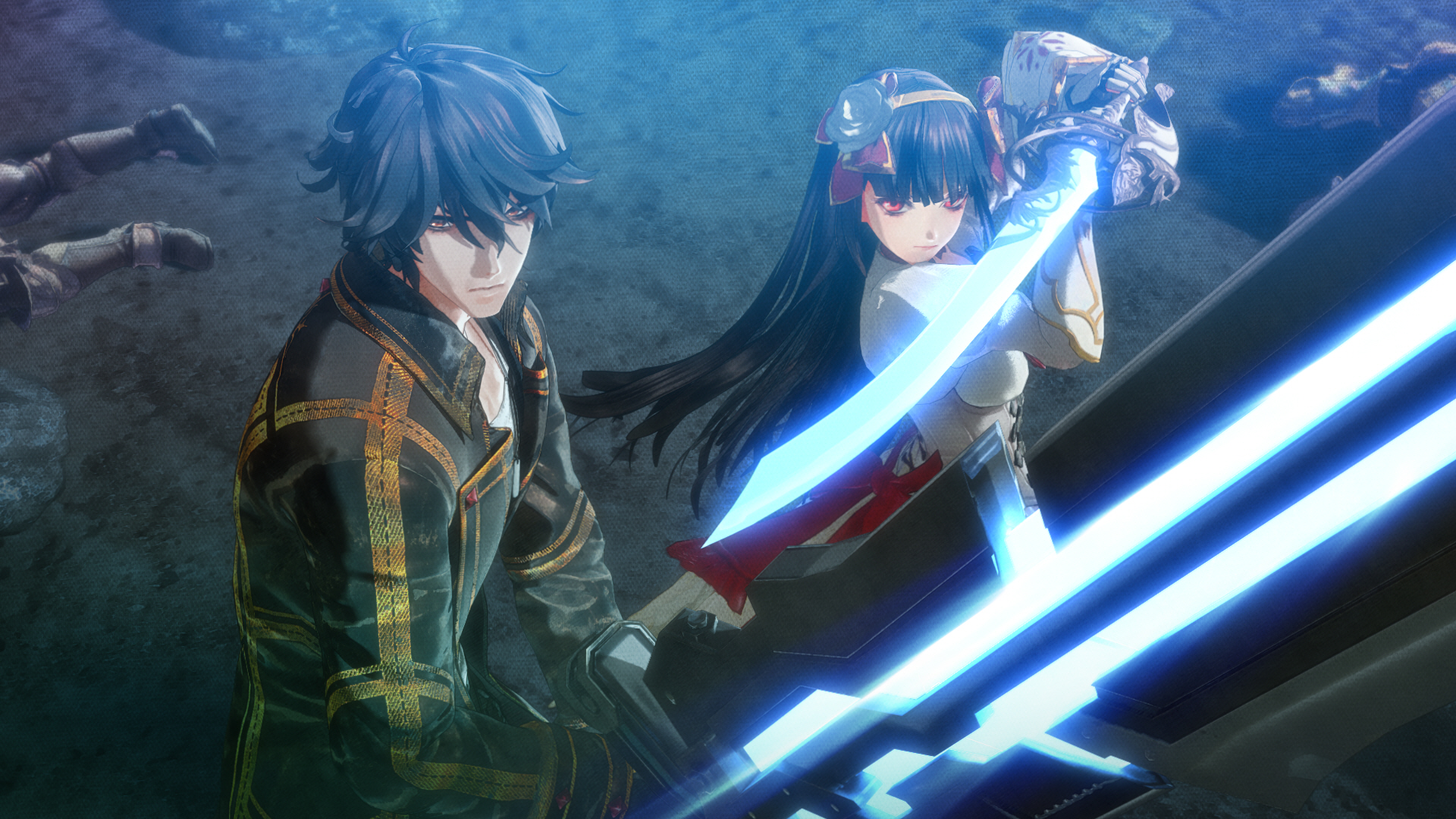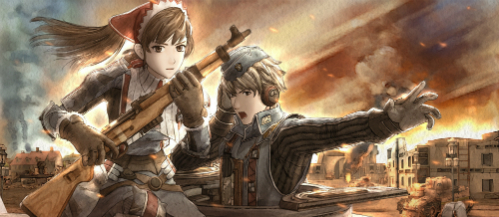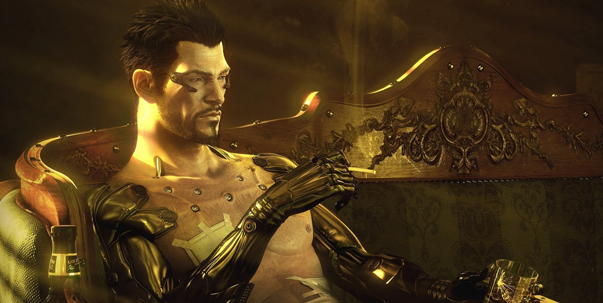
The Valkyria Chronicles franchise has had, until now, a colourful history. While initial sales of the first entry weren’t exactly chart-topping, its critical reception and dedicated fanbase has kept the series relevant throughout the years. Enough so, that Sega published two PSP sequels (one a Japan-only title) and re-released the original on PC and PS4. This brings us now to Valkyria Revolution, a spin-off game that is set in the same universe but aims to streamline the action and take the franchise in a new direction. Unfortunately, by pursuing a new angle Valkyria Revolution doesn’t quite capture the same charm that made its predecessors a compelling experience.
Set 100 years prior to the original, Valkyria Revolution mirrors the industrial age of real-world Europe. The land of in-game Europa has been revolutionised thanks to the discovery of the mineral Ragnite, which is used to power everything from transportation to weapons and military tanks. Some individuals can even harness magical properties within Ragnite to cast spells. In the game players will fight for the small country of Jutland, who have rebelled and seek independence from the Ruzhien Empire. The story of course centres around the war between the two factions, and it is surprisingly in-depth and adds a lot of new lore to the Valkyria universe. Unfortunately, this isn’t necessarily a good thing.
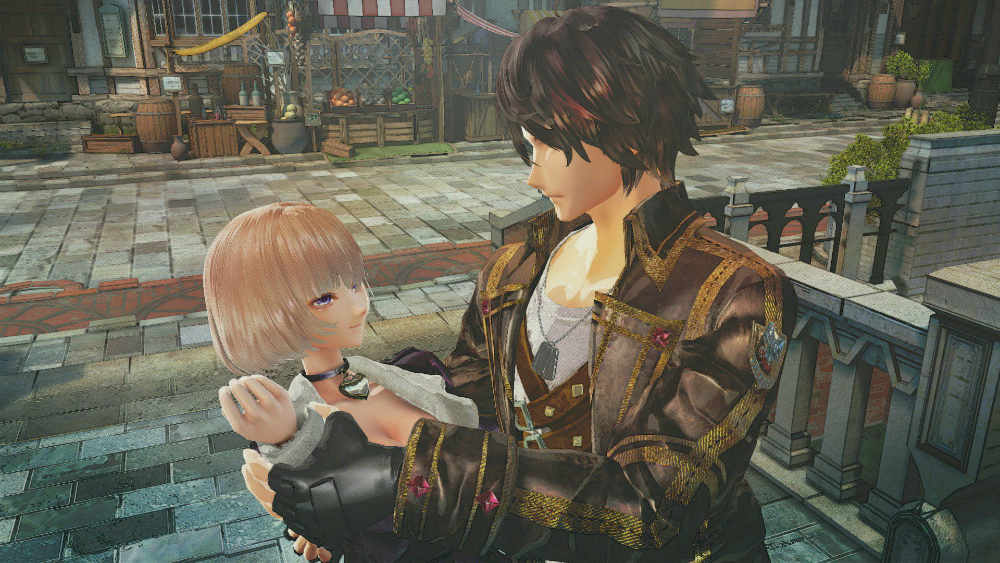
Right from the opening moments of the game players are introduced to several characters who each have their own motivations and thoughts about the war. The game spends a long time addressing each character and setting the stage, so much so that out of the first 90 minutes I only got around five-ten minutes of actual gameplay. Cutscenes are long and drawn out, and with so many characters to keep track of it’s easy to become lost in what often feels like a boring textbook. There’s just no emotional attachment to the characters or sympathy for their cause. Even worse, cutscenes often interrupt gameplay and between scenes there are inexplicably long loading times.
Valkyria Revolution’s gameplay has been completely revamped, with the game now playing as an action RPG instead of turn-based. Herein lies Revolution’s greatest weakness – the gameplay is just too shallow. While previous entries had you planning your advance towards enemy camps and consider unit strengths and weaknesses, Revolution has more in common with a generic Dynasty Warriors clone. Players control one of four characters, run through areas and melee attack any and every enemy in sight with nothing more than a single button. There are hints of some greater strategy elements; you can hide behind and vault over barricades, influence the enemy’s motivation by killing commanders or launching ambushes, and you can even tell your squad to play defensively or offensively. But it’s all fluff; it has little to no impact on gameplay and as a whole there just isn’t a lot of variety.

Weirder still, there’s an action gauge mechanic which will slowly empties as you use your regular attacks. Once it’s empty, you will be unable to use standard attacks until it recharges after a few seconds. Similar concepts worked in previous Valkyria games due to them being turn-based and having an emphasis on working as a squad. Here, it goes against the player by unnecessarily holding them back and hurting the general flow of combat. Players do have access to secondary attacks via a Battle Pallet (basically a sub menu that can pulled up at any time mid-game), which allows you to perform mid to long range attacks by using weapons or magical abilities that are powered by Ragnite. The trouble is there is almost no need to call upon these secondary abilities; they offer little to no advantage over standard attacks.
Players can also switch between squad members and take advantage of their different play styles. There are different unit types such as Shocktroopers who have high defence, Sappers who rely on using magical attacks and are generally weaker, Scouts who surprise enemies with consecutive attacks, and Shieldbearers who can block attacks with a shield but are exposed from behind. Controlling each squad member does feel different, adding some variety to the mix. But once again, the actual gameplay is poorly executed and doesn’t fully realise this system, making it seem redundant.
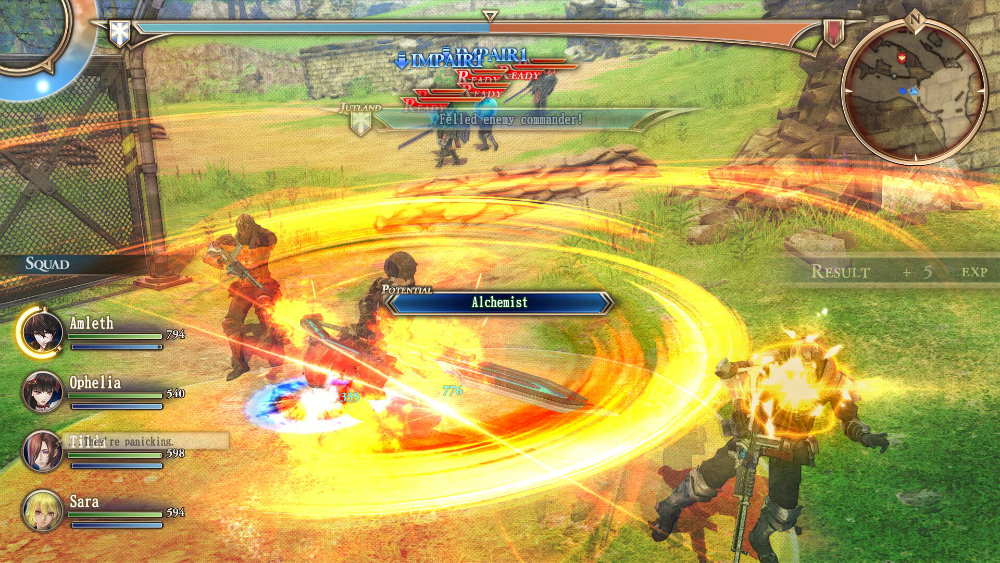
At the end of each battle you will also encounter a boss fight. These intimidating machines do offer some unique experiences as they have different attack patterns and weak points that you’re encouraged to focus on. Ultimately this is all for naught, as the bosses just aren’t challenging. Their health bars deplete quickly, their attacks are weak and don’t pose much of a threat, and almost no strategy is required to defeat them.
It’s quite interesting how Valkyrie Revolution has been released nine years after the original, and yet the visuals haven’t really been upgraded since the PS3 era. While the cel-shaded visuals still look nice and pleasing, environments are bland and animations in general are stiff. The game is using an upgraded version of the Canvas engine used in Valkyria Chronicles, but nothing really pops out to bring the series to the current generation. This is likely due to the game being developed for the PS Vita as well as PS4 and PC, so there had to be some concessions to get it running on all three systems.
Unfortunately, by streamlining Valkyrie Revolution it has lost a lot of the charm found in its predecessors. The game is simply too shallow and doesn’t take advantage of any grander strategy systems, instead focusing on the downright redundant combat. While the story has depth, it is also too long-winded and prevents players from developing an emotional attachment to its characters. It’s difficult to recommend Valkyrie Revolution to even the most die-hard fan.
- Cel-shaded visuals are nice and pleasing to the eye
- Long, drawn out story means you won't become emotionally attached to characters - Shallow gameplay - Too much of a departure from previous games

